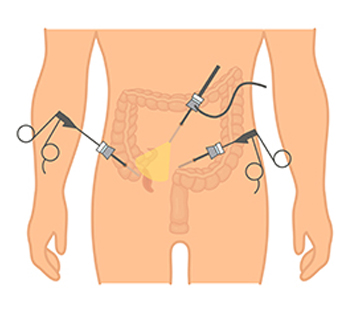Appendectomy Details
The Appendix is a vestigial organ and has no significant function in our body. It lies connected to the caecum, an area where the junction of small and large intestines is present. The appendix can be removed from the body if it develops some infection or is causing pain or any other kind of discomfort. Blockage of the appendix can lead to appendicitis, a type of inflammation that is painful and potentially deadly. A blocked appendix can eventually burst, which releases dangerous bacteria into the abdominal cavity. Appendicitis is usually treated with an appendectomy (surgical removal of the appendix).

